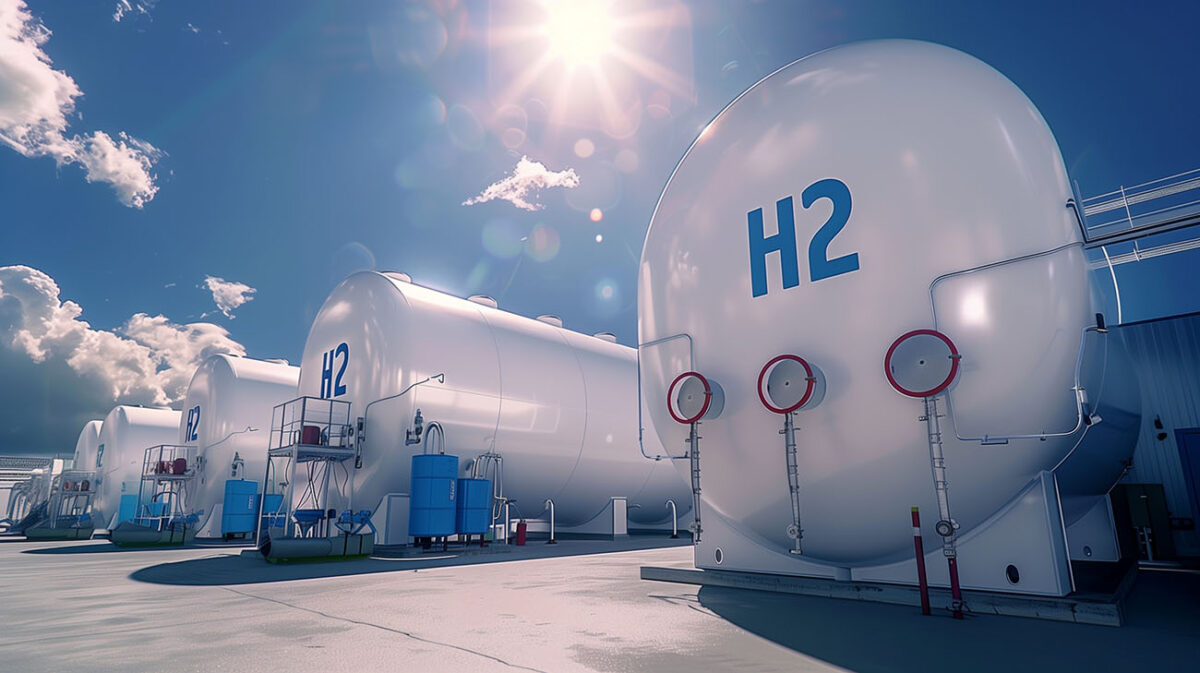Rotomolding: A Key Process in Hydrogen Tank Production

Rotomolding brings substantial advancements to the production of Type IV hydrogen tanks by improving manufacturing efficiency and ensuring superior durability and strength in the final product.
Several tank types are available to store hydrogen efficiently. Among these, Type IV hydrogen tanks stand out due to their lightweight design and exceptional durability. In this article, we examine the critical role of the roto-molding process in manufacturing these advanced Type IV tanks. This innovative process offers a sustainable solution for hydrogen storage, enhancing both performance and safety.
You can also read: Robotic Rotational Molding: Precision, Sustainability, and Efficiency
Understanding Type IV Hydrogen Tanks
Manufacturers create hydrogen storage tanks in four types, primarily differentiated by the materials used. Type IV tanks use a plastic liner made from polyamide, polyethylene (PE), or cross-linked polyethylene (XPE), wrapped in reinforced fibers such as carbon or glass, and a resin matrix. This combination offers both flexibility and strength, which is crucial for handling the high pressures associated with hydrogen storage.
Enhancing Performance and Sustainability Through Rotomolding
To produce type IV tanks, manufacturers rely on two main processes: roto molding and blow molding. Rotomolding stands out for its precision in molding the plastic liner. This capability allows manufacturers to reduce the tank’s overall weight while maintaining structural integrity. This process excels in creating large, complex parts, like these tanks, ensuring uniform material distribution. As a result, manufacturers prefer roto molding for its ability to maximize the durability and efficiency of Type IV tanks.
Rotomolding also simplifies assembly. Researchers have demonstrated that advancements in tank design are closely tied to this process. For instance, roto molding allows manufacturers to bond the metal connector to the tank body in a single step, streamlining production. In contrast, blow molding requires an additional step to weld and assemble the connector, which adds complexity and increases production time.
From Theory to Practice: Real-World Applications
Several companies are already adopting roto molding as their primary manufacturing method for hydrogen tanks. Rotovia, for example, produces highly durable tanks that resist damage and extreme temperatures. Another example is Rayvatek which has developed innovative hydrogen storage solutions through rotomolding, enhancing performance and sustainability.
In conclusion, roto molding is emerging as a highly effective method for producing Type IV hydrogen tanks. With its ability to deliver robust and efficient solutions, ongoing research will likely drive further innovation. This will help to advance the hydrogen economy and to create a more sustainable future.
